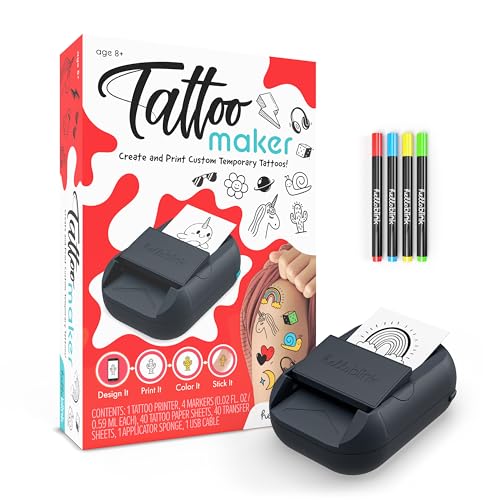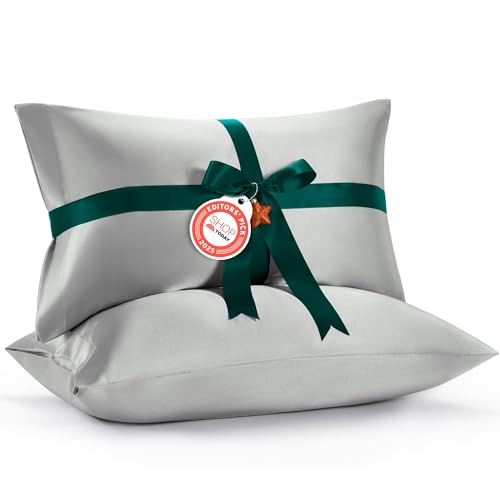I’ve always been enchanted by the magic of fairy gardens. There’s something wonderfully whimsical about creating a tiny world where fairies might dance among miniature flowers and tiny furniture. Starting a DIY fairy garden allows me to bring a touch of fantasy right into my backyard or even inside my home.

Crafting these miniature landscapes is not only fun but also a great way to express creativity. Whether you’re a seasoned gardener or just looking for a charming new hobby, building your own fairy garden offers endless possibilities. Let’s dive into the enchanting process and explore how you can create your very own magical sanctuary.
Choosing the Right Container
Selecting the perfect container sets the foundation for a thriving fairy garden. I focus on both functionality and aesthetics to create a magical space.
Types of Containers
I choose from various container types to suit my garden’s theme:
- Terracotta Pots: Offer natural drainage and a rustic look.
- Wooden Boxes: Provide a cozy, woodland feel.
- Ceramic Planters: Add colorful, decorative elements.
- Repurposed Items: Use teacups or old boots for unique charm.
Size and Shape Considerations
- Depth: Ensure at least 6 inches for plant roots.
- Width: Allow enough room for fairy accessories and plants.
- Shape: Opt for round containers for a classic look or irregular shapes for whimsy.
- Portability: Choose lightweight materials if I plan to move the garden frequently.
Selecting Plants and Foliage
Choosing the right plants transforms your fairy garden into a vibrant magical haven. I focus on selecting species that thrive in miniature settings and complement the overall aesthetic.
Best Plants for Fairy Gardens
- Succulents: Require minimal water, ideal for small spaces.
- Miniature Ferns: Add lush greenery, thrive in shade.
- Dwarf Lavender: Offers fragrance and color, attracts pollinators.
- Mosses: Create soft, natural ground cover, easy to maintain.
- Tiny Flowering Plants: Such as petite petunias and pansies, provide vibrant hues.
Maintenance Tips
Regular upkeep ensures your fairy garden remains enchanting. I water plants consistently, avoiding overhydration. Pruning keeps plants compact and prevents overcrowding. Mulching retains moisture and reduces weed growth. I also inspect plants for pests weekly, addressing issues promptly to maintain a healthy miniature ecosystem.
Designing the Layout
Designing the layout sets the foundation for a captivating fairy garden. It ensures each element complements the overall theme and creates a harmonious miniature landscape.
Creating Fairy-Themed Features
Incorporate fairy-themed features to enhance the magical ambiance. Add tiny furniture like benches and tables, which provide functional charm. Include miniature houses or mushroom stools for focal points. Use fairy lights to create a twinkling effect during evenings. Integrate small pathways made of pebbles or sand to guide visitors through the garden. Place decorative items such as fairy figurines, tiny bridges, and miniature fences to complete the enchanting scene.
Arranging Elements for Aesthetics
Arrange elements to achieve a balanced and visually appealing layout. Position taller plants at the back to create depth, followed by medium and short plants in the front. Distribute fairy-themed features evenly to avoid clutter. Maintain consistent spacing between accessories to ensure each item stands out. Use contrasting colors for plants and decorations to add vibrancy. Incorporate varying heights and textures to create interest. Align pathways and focal points to guide the eye smoothly through the garden.
Adding Decorative Accessories
Enhancing your fairy garden with decorative accessories brings the miniature world to life. Selecting the right elements ensures a whimsical and cohesive appearance.
Fairy Figurines and Ornaments
Choose fairy figurines and ornaments to add character and charm. Options include tiny fairies, gnome statues, miniature benches, and small bridges. Arrange these pieces to create engaging scenes, such as fairies near mushrooms or sitting on toadstools. Incorporate natural elements like miniature rocks or pebbles to blend ornaments seamlessly into the landscape.
Lighting Options
Illuminate your fairy garden with lighting options that enhance its magical ambiance. Solar-powered fairy lights highlight pathways and key features without needing electricity. String mini LED lanterns around plant areas or suspend tiny lamps from branches. Glow-in-the-dark ornaments offer subtle illumination, maintaining enchantment even after sunset.
Maintenance and Care
Taking care of your fairy garden ensures it remains a magical and thriving miniature world. Regular maintenance keeps the plants healthy and the decorations enchanting.
Watering and Sunlight Needs
Proper watering and sunlight are crucial for your fairy garden’s health. I water my fairy garden twice a week, adjusting based on weather conditions. Ensure the container has drainage holes to prevent waterlogging. Place the garden in a spot that receives at least four hours of sunlight daily. If natural light is limited, consider using a grow light to maintain plant vitality. Monitor soil moisture regularly, allowing the top inch to dry out between watering sessions to avoid overwatering.
Seasonal Care Tips
Adapting your fairy garden to seasonal changes keeps it vibrant year-round. In spring, I add fresh plants and replace any that have outgrown their space. Summer requires consistent watering and protection from excessive heat by providing shade during peak hours. During autumn, I prune dead foliage and prepare the garden for cooler temperatures by adding mulch. In winter, I protect delicate plants with covers or relocate the garden indoors if necessary. Regularly inspect for pests and diseases each season to maintain a healthy miniature ecosystem.
Conclusion
Creating my own fairy garden has been such a delightful journey. Watching those tiny plants grow and every little ornament find its place brings a sense of magic to my space. It’s amazing how a simple container and a bit of creativity can transform into an enchanting miniature world. Whether you’re a seasoned gardener or just starting out, building a fairy garden is a wonderful way to unleash your imagination and add a touch of whimsy to your surroundings. I can’t wait to see how your fairy garden blossoms and becomes a charming centerpiece in your home or garden.
















